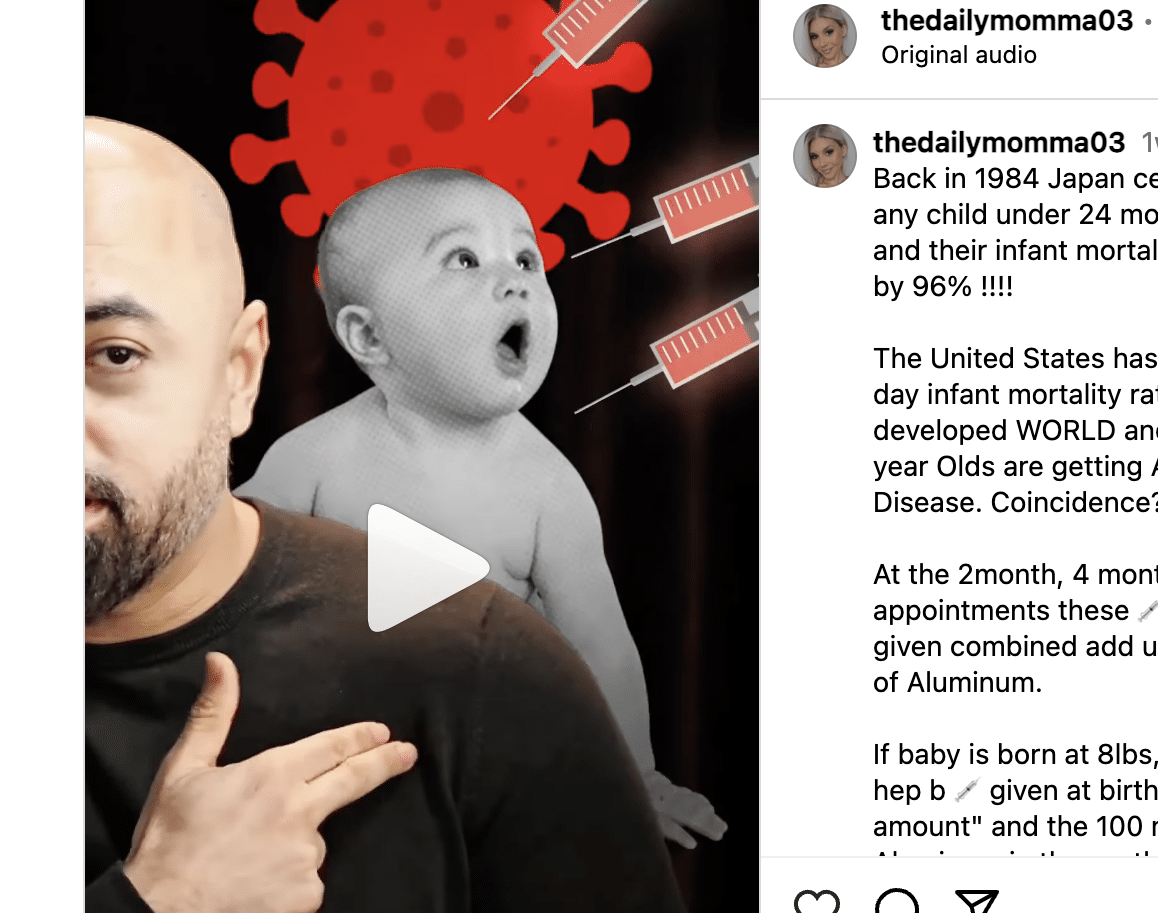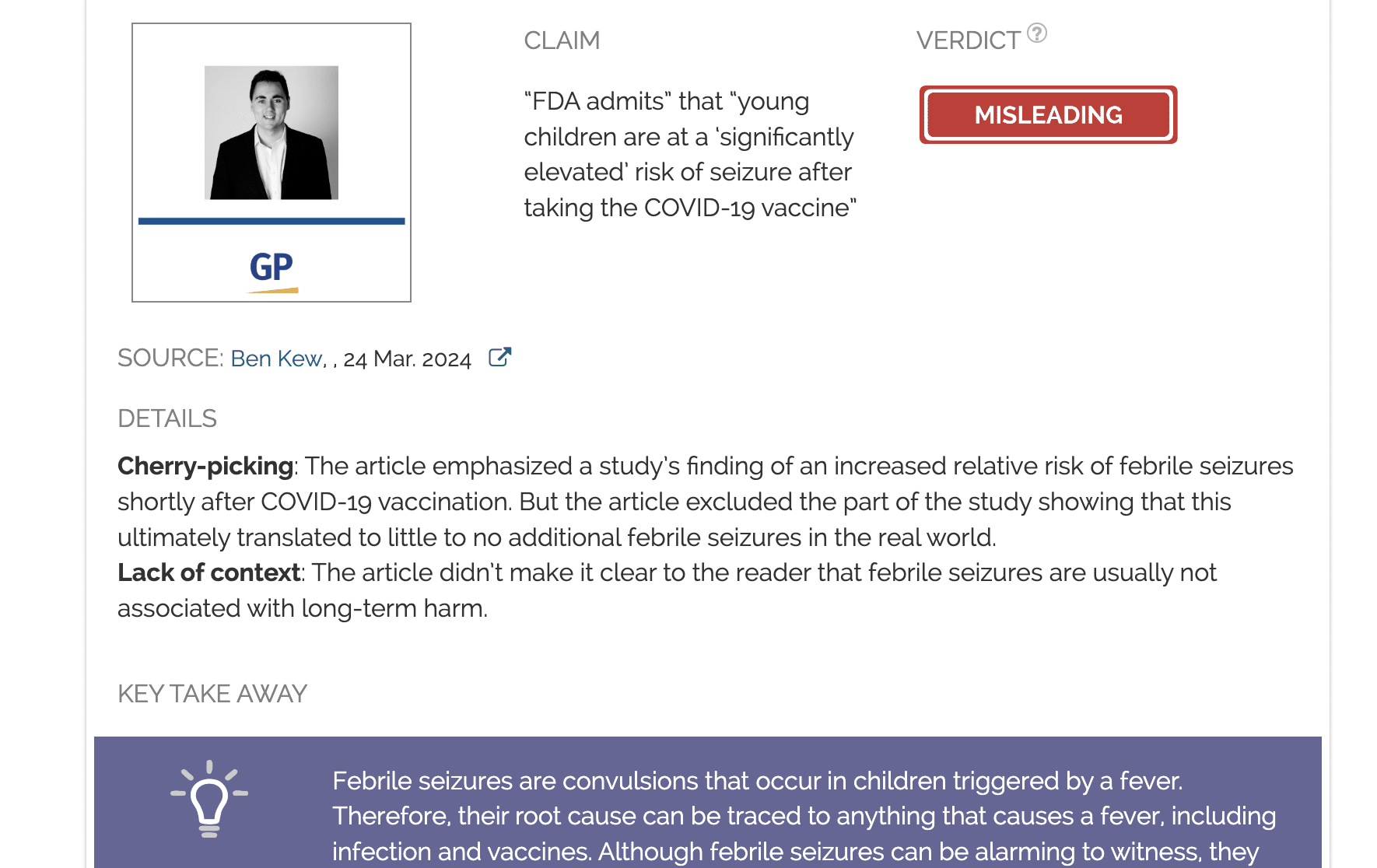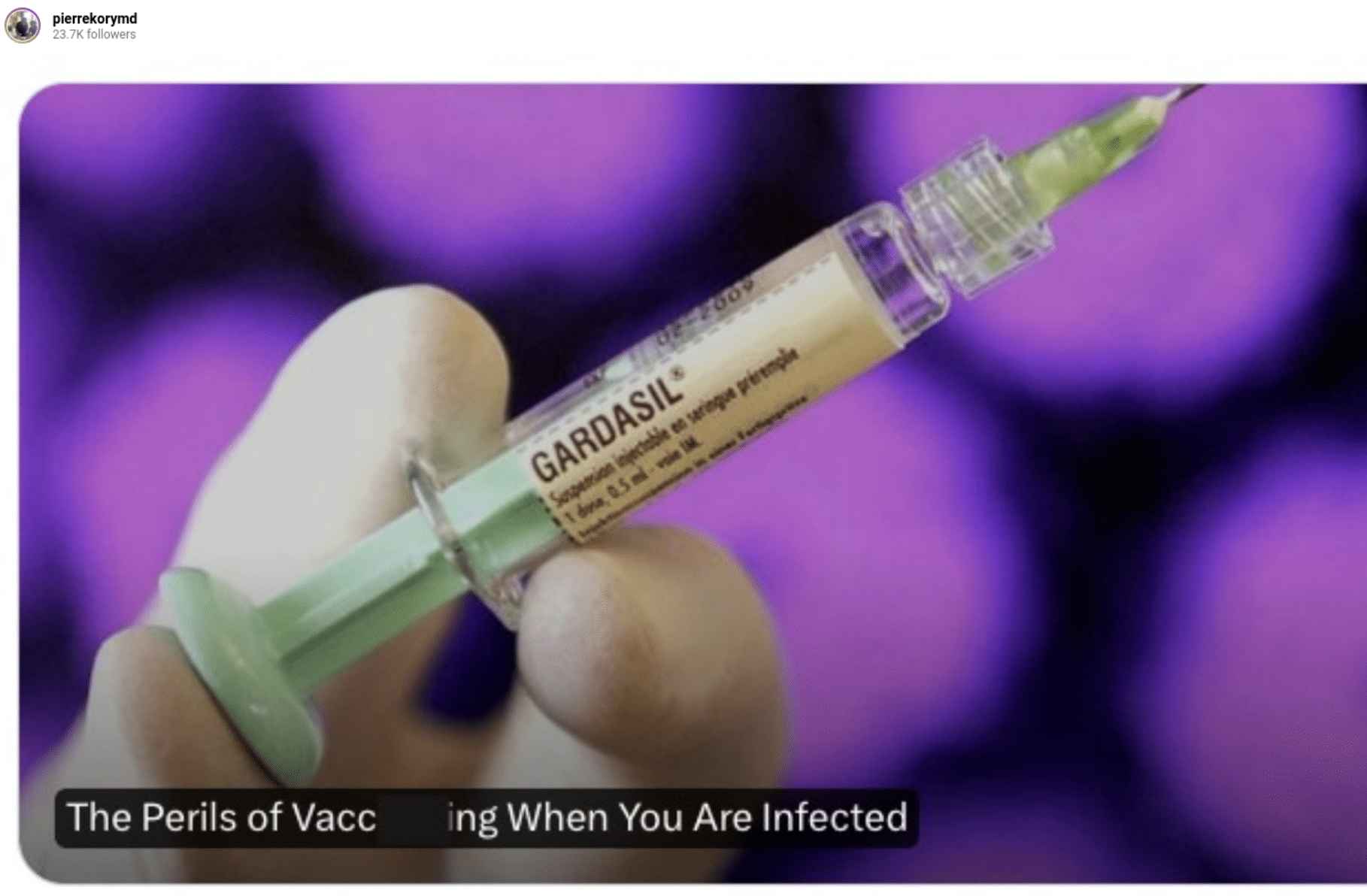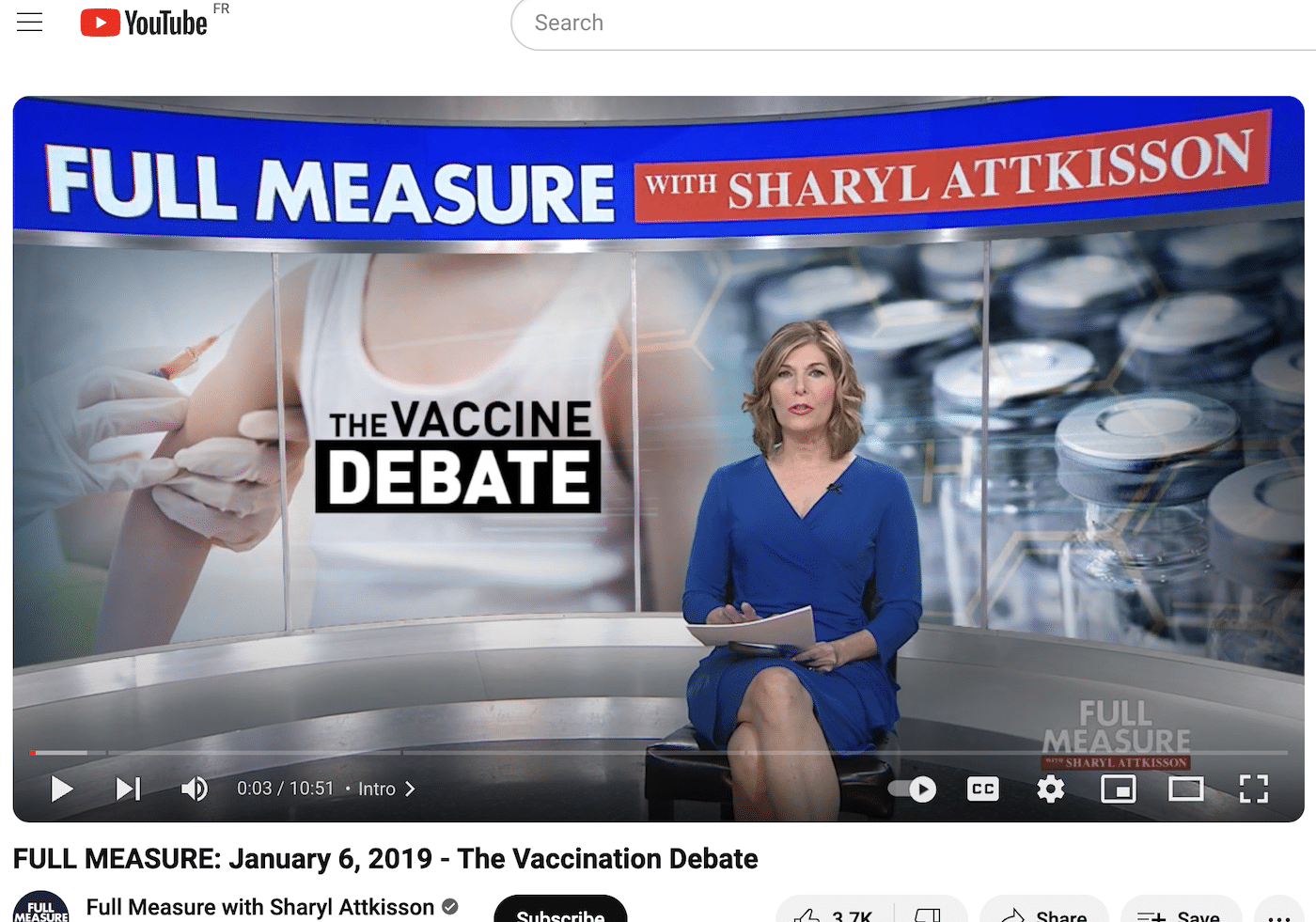- Health
Vaccines don’t cause autism; difference in infant mortality rates between Japan and the U.S. unrelated to childhood vaccine coverage
Key takeaway
Scientific evidence shows that vaccine ingredients, including aluminum salts, are safe and don’t cause autism. Numerous studies have shown no association between autism and childhood vaccines. While autism rates have risen over time, this is likely explained, at least in part, by changes to the diagnostic criteria for autism which have led to more people qualifying for a diagnosis. Infant mortality is defined as the death of an infant before its first birthday. Birth defects, sudden infant death syndrome (SIDS), preterm birth and low birth weight, and injuries are common factors that cause infant mortality.
Reviewed content

Verdict:
Claim:
Vaccines contain unhealthy levels of aluminum; Japan’s elimination of vaccines has reduced infant mortality
Verdict detail
Factually inaccurate: Scientific research has shown that vaccine ingredients are safe at the levels that they are used and aren’t associated with an increased risk of autism.
Incorrect: While infant mortality rates are lower in Japan compared to the U.S., this isn’t because Japan eliminated childhood vaccination. In fact, vaccine coverage for measles and rubella in Japan is comparable to that in the U.S.
Full Claim
Vaccines contain unhealthy amounts of aluminum and heavy metals which cause autism; infant mortality and autism rates in Japan are lower than those in the U.S. because Japan stopped requiring childhood vaccinations; rise in autism rates in the U.S. is due to rise in childhood vaccines; children's underdeveloped immune systems can’t handle the number of vaccines they receive
Review
An Instagram reel posted on 12 February 2024 made a number of claims about vaccine safety and questioned the U.S. Centers for Disease Control and Prevention (CDC)’s current immunization schedule for children and adolescents in the United States.
The reel was viewed more than 21,000 times at the time of writing. As we will explain below, it rehashes numerous incorrect claims about vaccines that have already been refuted.
Japan hasn’t eliminated its recommended immunization schedule for children; vaccination rates in Japan and the U.S. are similar
Among the reel’s claims are that infant mortality rates in Japan are lower than infant mortality rates in the U.S. due to differences in each country’s vaccine policy.
While it is true that Japan has not required mandatory vaccinations since implementing its Immunization Act of 1994[1], the Japanese Pediatric Society still recommends routine vaccinations for children. This immunization schedule largely mirrors the recommendations for children and adolescents in the U.S.—including for measles and rubella, which the reel erroneously claims have “ceased” to be administered in Japan.
Vaccination rates in Japan similarly mirror vaccination rates in the US, and have done so for the last three decades. According to the WHO/UNICEF Joint Reporting Form on Immunization, Japan’s vaccination coverage for measles and rubella has remained relatively unchanged since 1995—regardless of the country’s elimination of the vaccine mandate the year prior.
Data indicate that measles vaccine coverage ranges between 95 to 98% for a first dose of vaccine. These rates are comparable to vaccine coverage for measles in the U.S., which hovers around 91% for a first dose of vaccine. Rubella vaccine coverage follows a similar pattern, with 95 to 98% coverage in Japan and 91% coverage in the U.S.
Infant mortality rates don’t correlate to vaccination
While infant mortality rates are indeed lower in Japan (1.7 deaths per 1,000 live births) than in the U.S. (5.4 deaths per 1,000 live births), this isn’t correlated with childhood vaccination given that the U.S. and Japan have similar vaccine coverage.
The U.S. is notable for having the highest infant mortality rate among high-income countries even though it spends more on healthcare than any other high-income country. In fact, the infant mortality rate in the U.S. has been higher than that in other high-income countries for nearly two decades. In 2005, researchers at the U.S. National Center for Health Statistics (NCHS) pointed to the greater number of preterm births in the U.S. as a major contributing factor for infant mortality[2].
Preterm births continue to be a leading cause of infant mortality, alongside birth defects, sudden infant death syndrome, and injuries, according to the CDC.
More recently, provisional figures from the NCHS showed that infant mortality in 2022 increased for the first time in two decades. The causes for this increase aren’t completely clear, though experts note that poorer maternal health has risen in prevalence and that more women begin pregnancy with pre-existing chronic health conditions such as high blood pressure.
Furthermore, the rise in infant mortality has starkly followed racial lines for many years, with NCHS data from 2022 following this trend. The data show that babies born to non-Hispanic Black, American Indian, and Alaska Native mothers face more than double the risk of death compared to babies born to non-Hispanic White and Hispanic mothers.
Vaccines don’t cause autism; rise in autism rates linked to changes in diagnostic criteria
The reel claimed that rising autism rates among American children between 1983 and 2024 can be attributed to the increased number of vaccines recommended by the CDC’s immunization schedule during that same time period.
Numerous studies have shown that vaccines aren’t associated with autism, as we documented in a previous review. It’s a popular claim that garners media attention[3] originally stemming from Andrew Wakefield’s now-retracted 1998 study, which erroneously linked the measles, mumps, and rubella (MMR) vaccine to autism.
The reel’s implicit claim that a rise in childhood vaccines is behind the rise in autism rates is also unfounded. As we explained in a previous claim review, diagnostic criteria for autism have gradually widened over time, which has likely influenced rising rates of autism.
Aluminum levels in vaccines are safe and don’t cause autism
The reel claimed that infants receive “1000mcg” (1,000 micrograms or 1 milligram) of aluminum via vaccines in the first six months of life. It’s unclear where this figure comes from, but it’s inaccurate.
As we reported in a previous claim review, infants receive approximately 4.4 milligrams of aluminum via vaccines administered in the first six months of life. This is in the form of aluminum-containing salts that act as adjuvants to enhance the immune response to vaccination, which have been used in vaccines for more than 70 years.
However, this is less than the amount of aluminum infants receive via their diet during that same six month period (7 milligrams for breast-fed infants, 38 milligrams for formula-fed infants, and 117 milligrams for soy formula-fed infants).
And while aluminum in vaccines has been blamed on social media for causing autism, experts we interviewed in a previous claim review explained that aluminum adjuvants in vaccines are incapable of crossing the blood-brain barrier. In short, aluminum in vaccines cannot damage the brain in a way that would impact early brain formation, which influences autism risk[4].
It’s safe for infants to receive multiple vaccinations in one day
Finally, the reel claimed that infant immune systems are “underdeveloped”, implying that they can’t safely handle the immune responses induced by vaccination. But this is simply another iteration of the anti-vaccine myth that infants receive too many vaccines too early (“too many too soon”).
As the Vaccine Education Center of the Children’s Hospital of Philadelphia (CHOP) explains, the immune system has the capacity to respond to many different microorganisms. In fact, the amount of bacteria, fungi, and viruses that infants come into contact with on a daily basis from their environment is much more than the amount of antigens (the component of vaccines that induce an immune response) they are exposed to from childhood vaccines.
Moreover, the number of antigens present in childhood vaccines has greatly diminished over time. As this document from CHOP shows, the total number of antigens present in childhood vaccines stood at approximately 3,200 antigens in the 1960s. Today, that number is less than 160.
REFERENCES
- 1 – Nakano T. (2023) Changes in vaccination administration in Japan. Vaccine.
- 2 – MacDorman and Mathews. (2010) Behind international rankings of infant mortality: How the United States compares with Europe. International Journal of Social Determinants of Health and Health Services.
- 3 – Dixon and Clarke. (2013) The effect of falsely balanced reporting of the autism–vaccine controversy on vaccine safety perceptions and behavioral intentions. Health Education Research.
- 4 – Shen and Piven. (2017) Brain and behavior development in autism from birth through infancy. Dialogues in Clinical Neuroscience.



